HND Business: Types, Size and Scope of Organisations in Business
VerifiedAdded on 2023/03/30
|13
|407
|56
Report
AI Summary
This report provides an overview of different types of organizations within a business environment, focusing on their unique features, aims, and objectives. It examines public, private, and voluntary sectors, using examples like Tesco PLC, Marks & Spencer, and Oxfam to illustrate the varying sizes and scopes of these organizations. The report concludes that a proper connection exists among these establishments, highlighting their individual characteristics and collective contributions to the business landscape. The analysis emphasizes the importance of understanding the different sectors and their interrelationships within the broader business environment. Desklib provides access to this and many other solved assignments for students.
1 out of 13


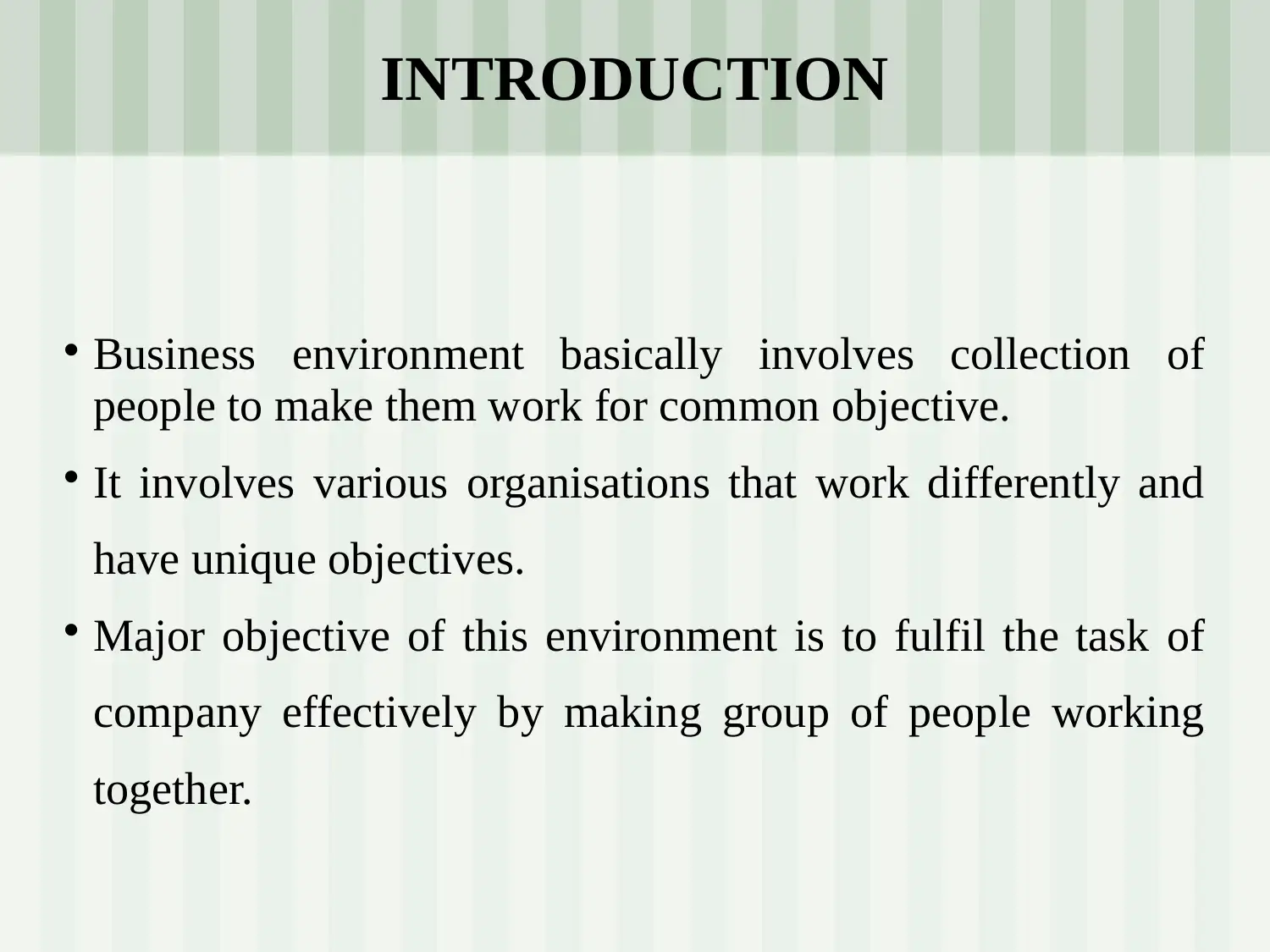

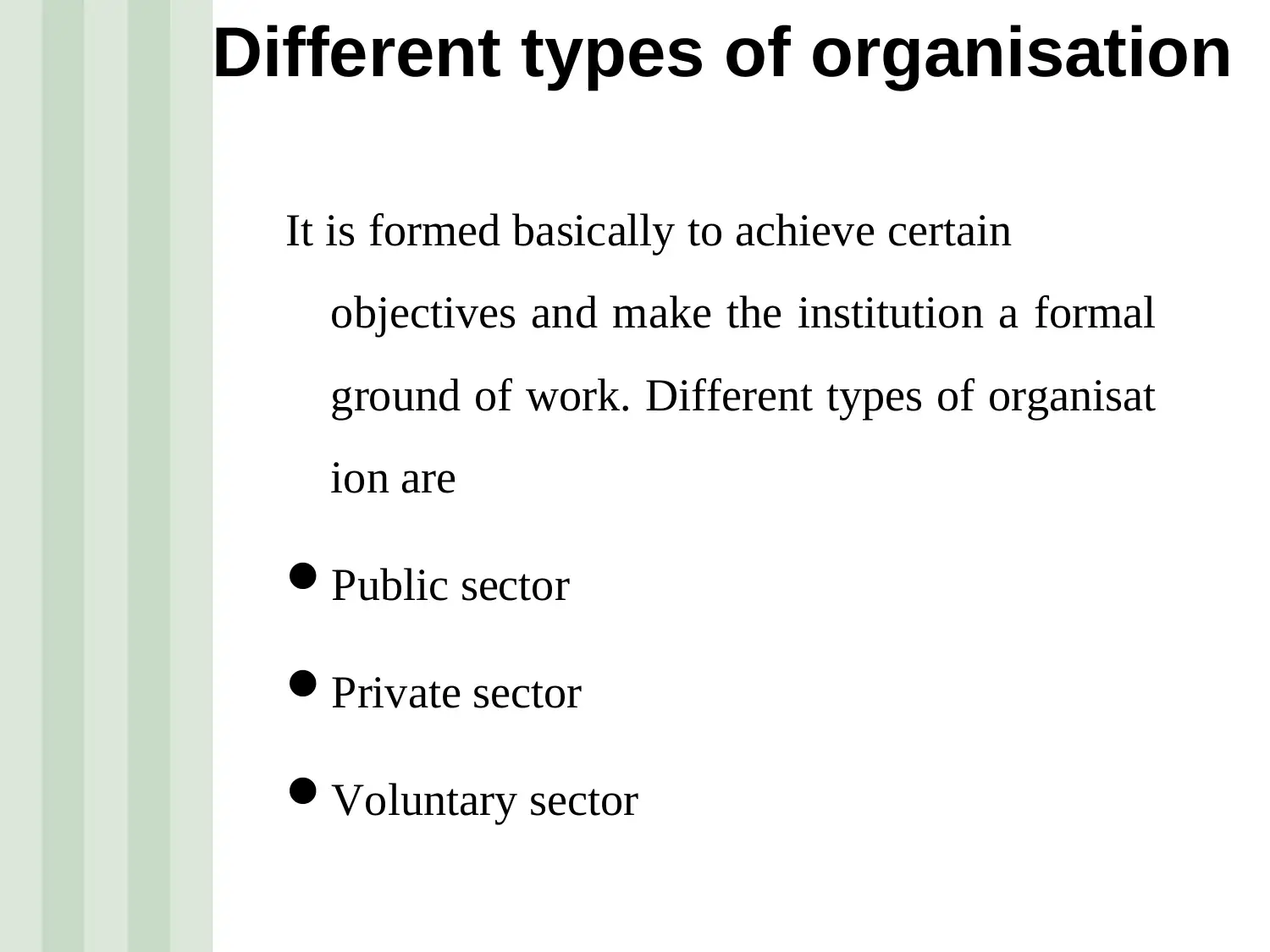



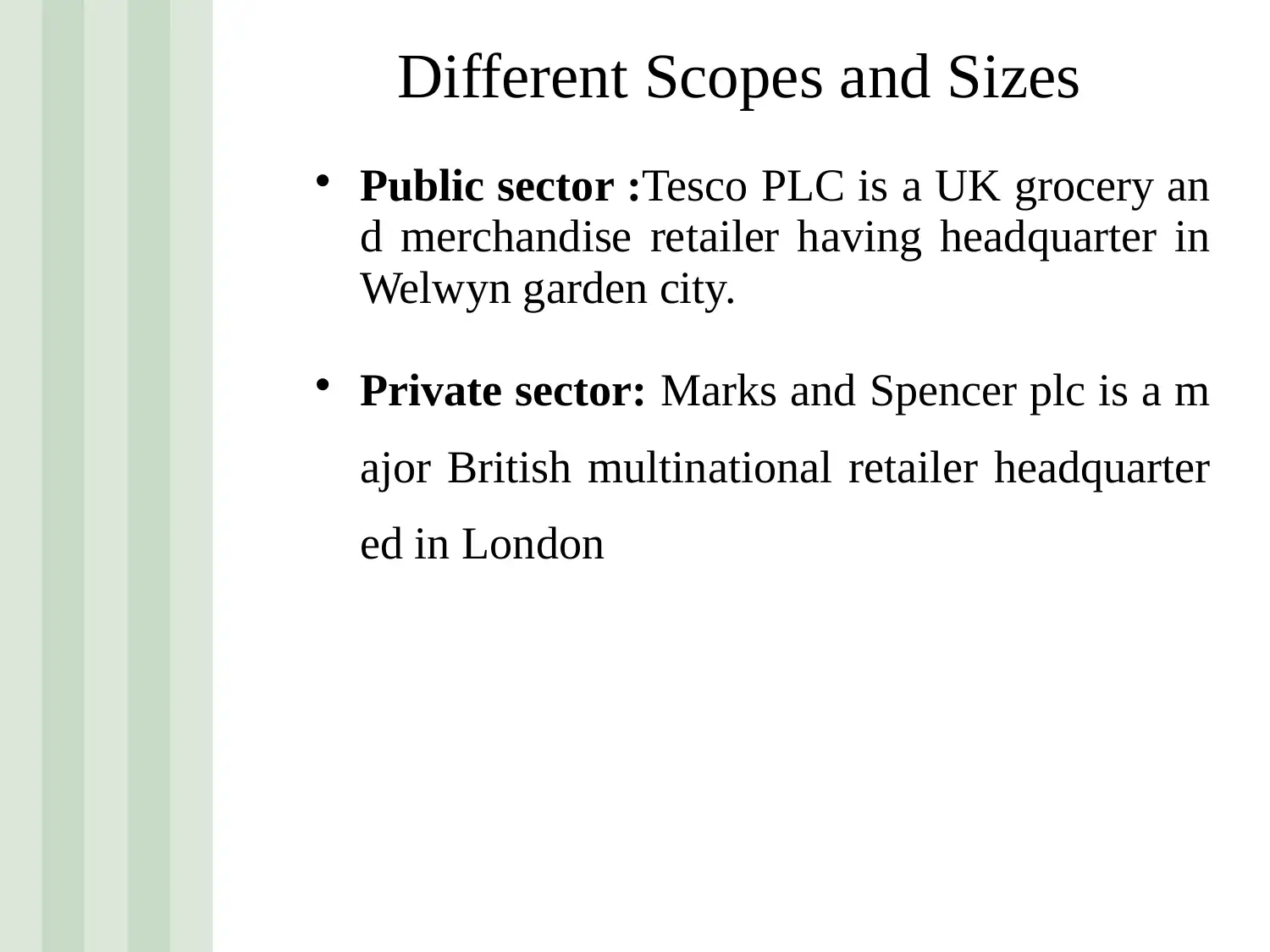
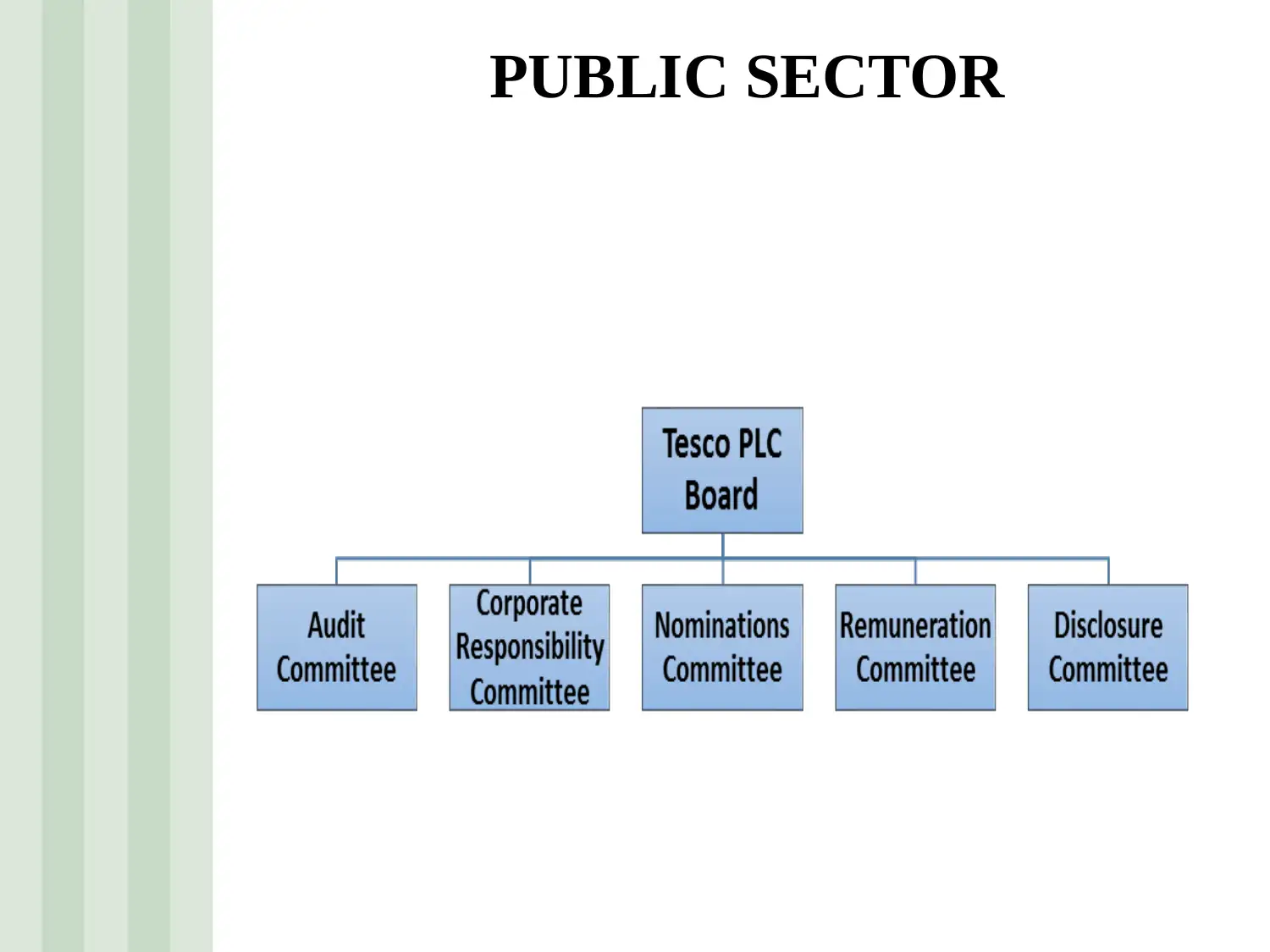
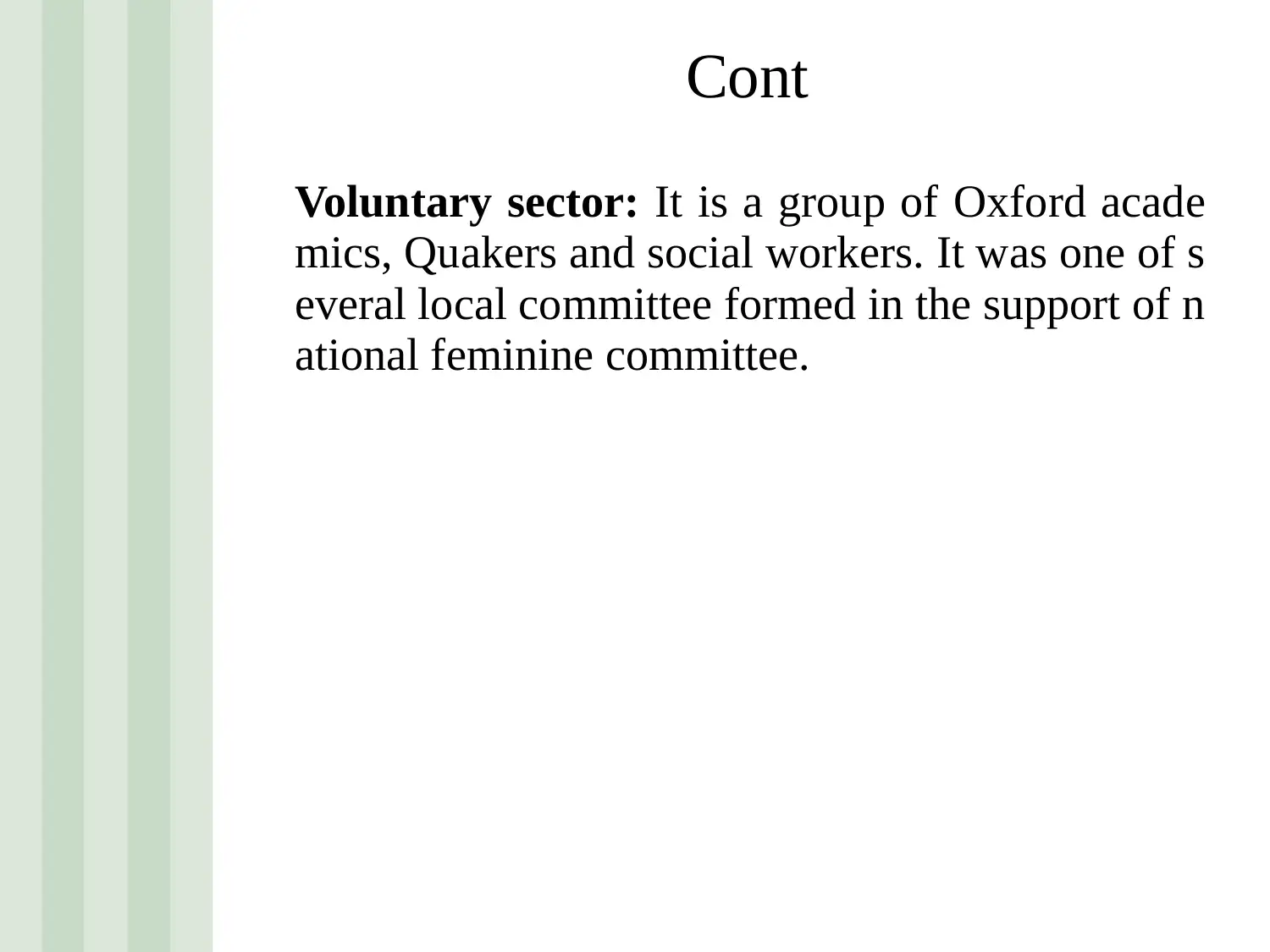
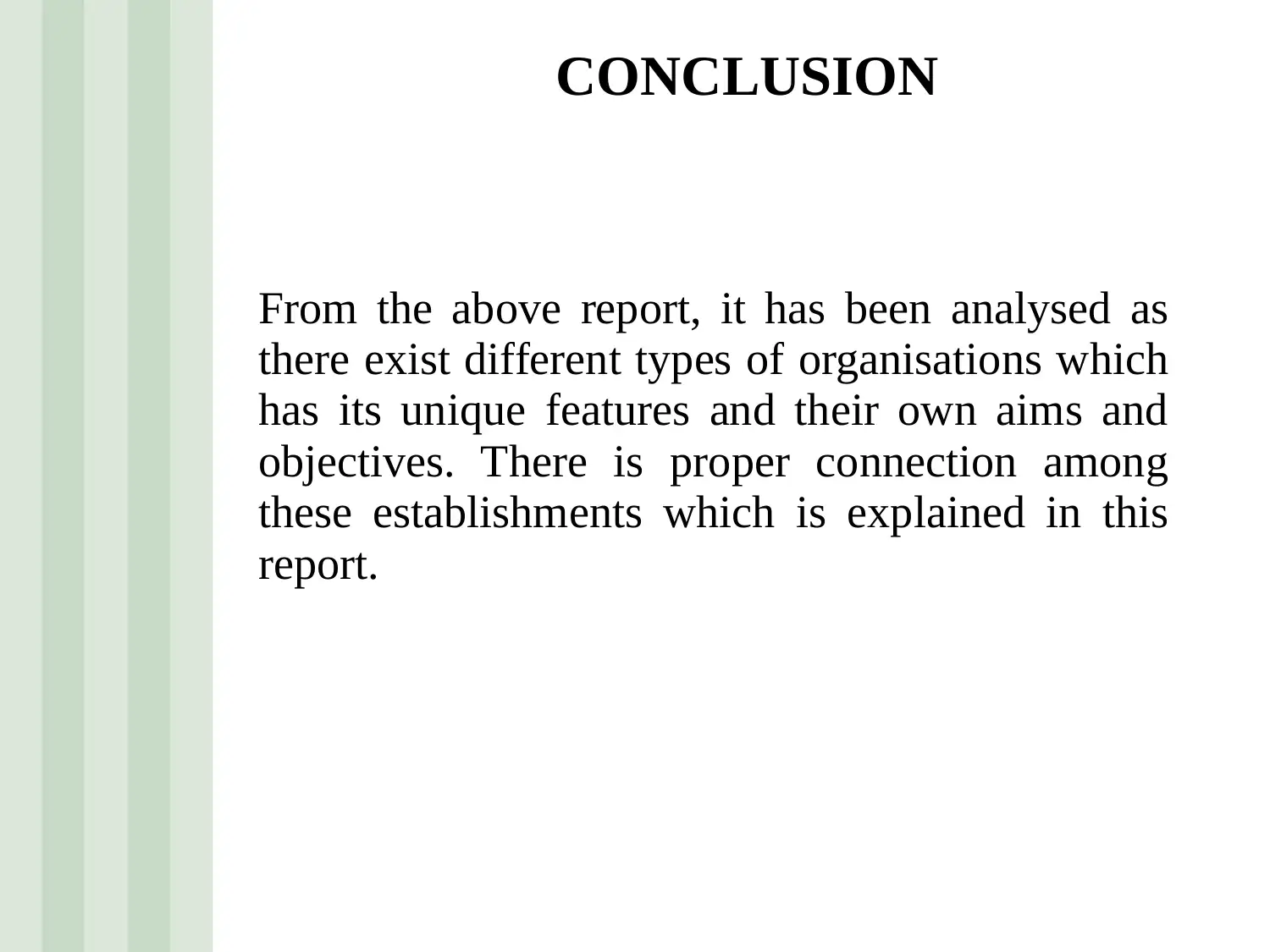
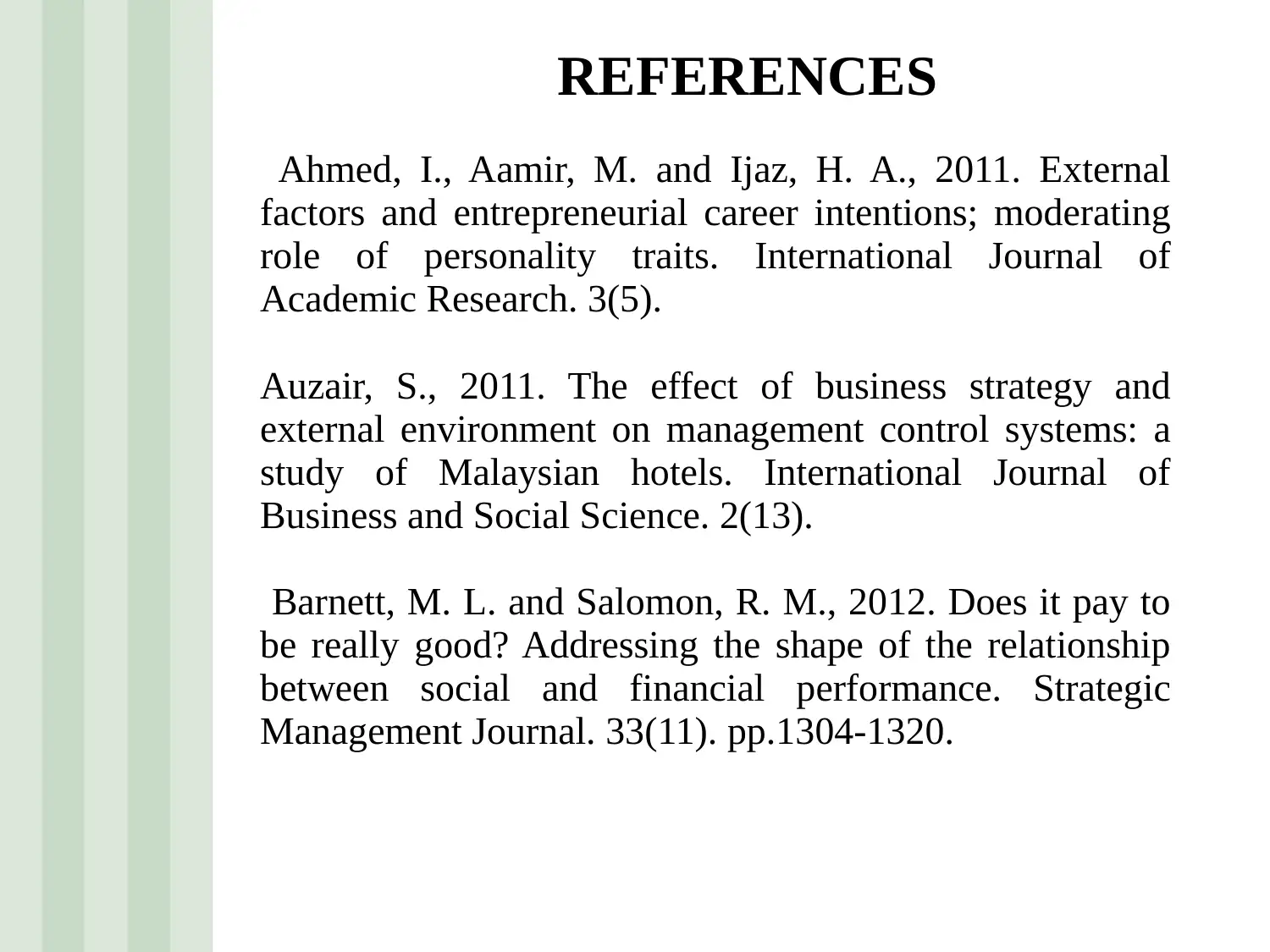






![[object Object]](/_next/static/media/star-bottom.7253800d.svg)